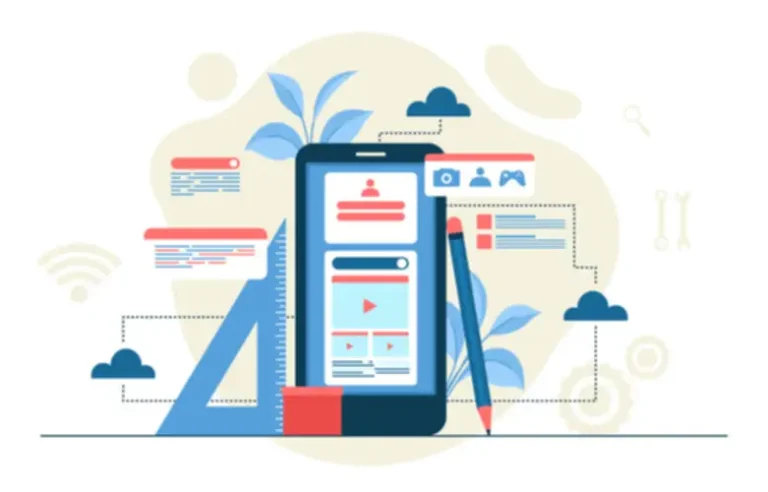That’s a danger we’re willing to absorb favor of creating how to build culture in a remote team the proper choice. On common it takes us about 40 days to fill a task and roughly three weeks for a candidate to go through the full course of. Every role features a project, which is designed for the person to spend 4-8 hours exhibiting us what they’ll do (remotely, of course).
Q2 In A Remote Work Setting, How Can Leaders Efficiently Convey Business Values And Goals?
Remote-first work tradition isn’t about adding a ‘remote’ label to an office-based kind of work and permitting workers to work remotely at occasions while not upgrading the way things get done. It’s about treating remote work and remote staff’ wants as the default method of working. Leaders should study to build a healthy remote work culture that brings employees from all backgrounds and areas together. Doing so offers everybody a sense of belonging and objective in the group, no matter their position or location.
- When lots of change happens all at once and communication is sparse, folks generally tend to resolve their uncertainty by making up tales to explain unanswered questions.
- Set up common one-on-one conferences between remote hires and their supervisor to make sure they feel cared for and included in the firm.
- Open communication fosters an environment that encourages staff members to specific their ideas, pose questions, and provides feedback in a safe and supportive setting.
Host A Wide Selection Of Meetings Along With Your Staff
With distant teams becoming the ‘new regular,’ it is crucial to stand up and build the best culture in your agency. Indeed, it is on the forefront of many firms’ minds as they reply to business shifts brought on by the worldwide epidemic triggered by COVID-19. There are many transferring parts to contemplate, especially if you want to do greater than the naked minimum. Hopefully, this article has given you many suggestions and techniques to contemplate as you move to create the most effective remote expertise for your employees members.

Avoid An Intrusive Distant Work Tradition
Then, as places of work began to reopen, however only some workers got here back, a new hybrid office reality began to set in. Open and clear communication among group members is a good way to build trust. Managers should set clear expectations and pointers for the response time and channels for communication. Before moving into the nitty-gritty particulars of cultivating a healthy distant tradition, you’ll need to have a agency grasp of your company’s values and mission. Remote work tradition embodies the company’s fundamental values, mission, and principles that staff will collectively embrace and uphold.

“When workers function remotely, physical distance shouldn’t create emotional gaps between them or worry of expressing viewpoints and particular person needs,” explains James Angel, co-founder of DYL. “By selling wellness amongst staff via numerous packages, leaders might reveal that success and wellbeing go hand in hand.” Defining an organization culture takes effort and thought work, however your team might be rewarded for creating an experience your employees love. Remote firms must build techniques to uncover and acknowledge the exhausting work being done by staff around the company. This common recognition energizes staff, motivates them to do their finest work, retains burnout away, and keeps morale excessive across the broader staff. But whatever the tools you resolve to use, let’s break down what remote groups need to feel like they’ve a place.

Indicators That Your Remote Work Culture Wants Remodeling
Establishing and executing remote work insurance policies that meet the distinct needs of remote staff paves the best way for a conducive remote firm tradition. Provide your remote team with communication and collaboration tools to allow them to do their work successfully. One means of doing that is to invest in a team that’s solely centered on the group and tradition such as the People and Culture division.
You don’t get the same pure conversations like saying hiya within the hallway or chatting one-on-one earlier than a meeting begins. However, there are several ways to combat the problem of communication in distant environments. This could be exhausting to do remotely when everyone is fragmented across multiple instruments and spends minimal time collectively as one staff.
Giving precedence to breaks and day off reveals your commitment to employees’ wellbeing and strengthens the distant team culture. Promoting open communication among remote group members is important for constructing belief and transparency throughout the group. Strategies for promoting open communication might embrace scheduling periodic check-ins, leveraging video conferencing know-how, and establishing an open communication coverage. Despite the challenges of lacking in-person interactions, there are nonetheless companies that thrive on a remote and hybrid work mannequin and have been capable of successfully build a healthy culture. If you are working towards constructing or rebuilding a robust distant work tradition, listed below are six greatest practices that can help you get started and see results.

In addition to fostering stronger relationships amongst colleagues, storytelling promotes empathy and understanding within the team. When individuals share their distinctive experiences, it allows others to see issues from another’s perspective and respect diversity in all its varieties. Recognize your team members’ contributions and make sure that their efforts usually are not overlooked. When everyone seems to be working in their very own homes throughout continents or nations, it’s essential to remind them the entire significance of their duties. Hold a month-to-month virtual appreciation session to spotlight successful outcomes or noteworthy initiatives to all staff members.
Check out the great How Doist Makes Remote Work Happen article and Doist’s remote work guides. It permits each particular person to work at their peak periods of vitality and creativity, and to take action in deep, distraction-free focus mode — no notifications or interruptions. When you make this a non-negotiable, you create an area your future hires can thrive in. How we define work has developed — from being mostly in person pre-pandemic (Work 1.0), to principally digital through the pandemic (Work 2.0), to now — a hybrid of each (Work three.0).
